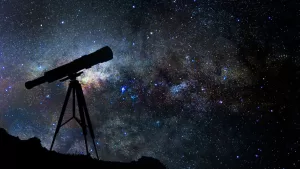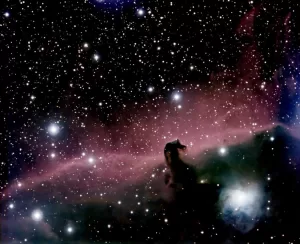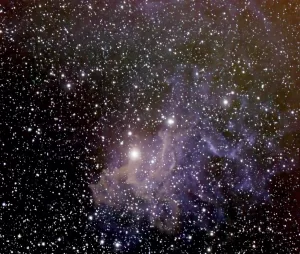- Facilitator: Professor David Pundak and Dr. Boaz Ron Zohar
- Session Term: Spring 2024
The workshop goals
The primary aim of this professional development workshop is to invigorate middle school educators with contemporary pedagogical strategies that integrate the use of space telescope imagery into the science curriculum. By harnessing the rich scientific data embedded within these images, educators will be empowered to guide students through the foundational principles of scientific inquiry within space and astronomical studies. The remunerated pedagogues will acquire the skills necessary to construct meaningful queries about the celestial images and apply methodological research techniques to furnish answers. They will amass and scrutinize scientific data from numerous resources linked to the astronomical visuals, synthesizing this information to formulate informed conclusions.This year, a robotic telescope was inaugurated at the Center for Astronomical Education at Kinneret Academic College to assist students in studying astronomy and space science. The center’s staff will carry out the training, emphasizing providing tools for teaching astronomy in practice.
Learning outcomes:
- Exposure to leading-edge scientific research applicable to the secondary school context.
- Competence in formulating inquiries related to astronomical imagery.
- Development of investigative protocols aligned with space-related photography.
- Proficiency in the collection and analytical dissection of information about celestial phenomena.
Curricular Topics:
- Acquaintance with space telescope imagery.
- Foundational principles of astronomical photography.
- Genesis and categorization of stellar bodies.
- Recognition of celestial development phases.
- Sequential progress of stellar maturation.
- Introduction to stellar conglomerates and their classification.
- Taxonomy and recognition of galaxies.
- Expository presentation of a culminating project.




